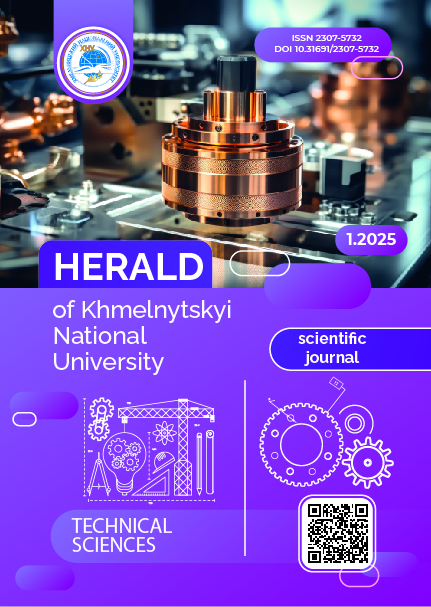A HYBRID DEEP LEARNING AND INFORMATION-EXTREME APPROACH FOR BREAST CANCER HISTOPATHOLOGICAL IMAGE CLASSIFICATION
DOI:
https://doi.org/10.31891/2307-5732-2025-347-24Keywords:
convolutional neural networks, machine learning, transfer learning, breast cancer diagnosis, histopathologyAbstract
The paper presents a method for classifying breast cancer histopathological whole-slide images using a deep learning model based on ResNet-50 and an Information-Extreme Learning (IET) classifier, which is crucial considering the increasing mortality rate from breast cancer year after year. The gold standard method of breast cancer diagnosis based on histopathological whole-slide images (HI) requires manual inspection of every region of the high-resolution image, which is time-consuming and error-prone. Computer-aided systems (CAD) powered by machine learning can speed up the work of a histopathologist and reduce the error rate of decision-making, thereby improving the accuracy and efficiency of the diagnostic process. Analysis of existing solutions has shown that deep neural networks, especially convolutional neural networks (CNNs), have the highest rate of functional efficiency in image classification tasks due to their ability to learn and extract relevant features from the input data automatically. However, the training stage demands a large amount of high-quality data, which is often scarce in histopathology, making it an open task to develop high-performance models with limited training image datasets. The proposed model was trained on the publicly available BreakHis dataset, achieving an 88.98% accuracy after only 20 training epochs, outperforming other methods. The results demonstrate that using a pre-trained CNN on a non-domain-specific dataset can yield accurate feature extraction. This shows promise for enhancing CAD systems, especially in data-limited scenarios. The model was compared with simpler models based on local binary patterns for feature detection and support vector machines for classification, highlighting its superior performance and potential for real-world application in breast cancer diagnosis.
Downloads
Published
Issue
Section
License
Copyright (c) 2025 БОРИС КУЗІКОВ, ОЛЕКСАНДР ПАПЧЕНКО (Автор)

This work is licensed under a Creative Commons Attribution 4.0 International License.

